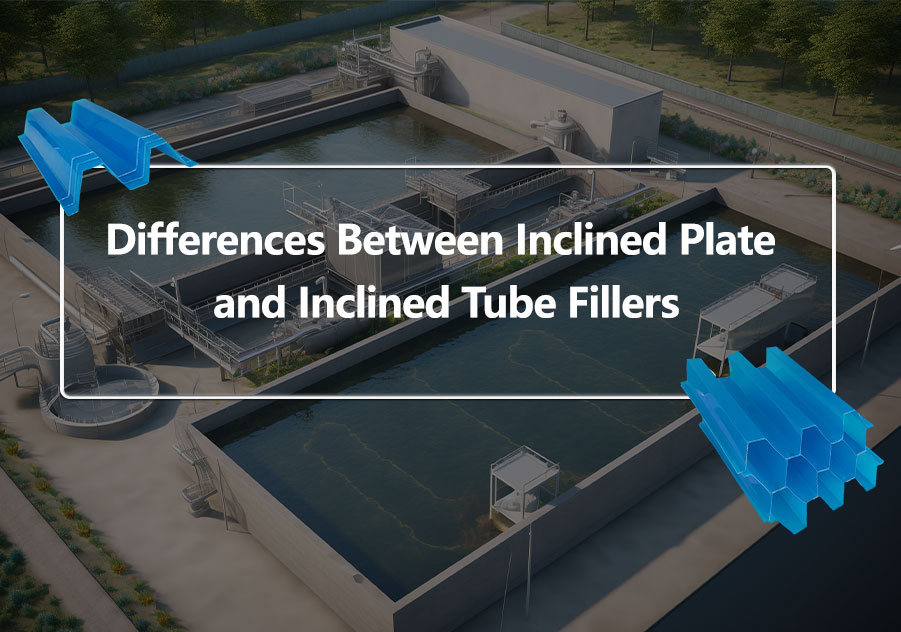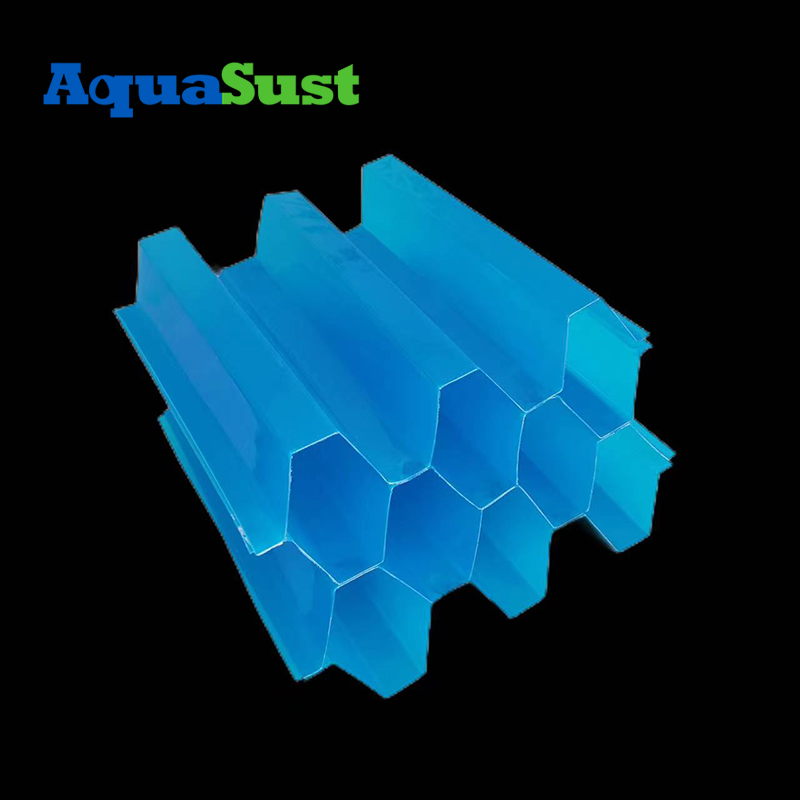 +86-15267462807
+86-15267462807

In water treatment engineering, inclined plate fillers and inclined tube fillers are two common sedimentation devices used to accelerate solid-liquid separation. However, due to differences in their shapes and structures, they show distinct differences in performance, application fields, and installation methods. This article will elaborate on the differences between inclined plate and inclined tube fillers.
1、Appearance Differences:
· Inclined plate fillers have a rectangular strip appearance, with high flatness and a rectangular cross-section.
· Inclined tube fillers, on the other hand, have a honeycomb shape, with a typically hexagonal cross-section, which is why they are also called "honeycomb inclined tubes." Their shape also determines their arrangement in sedimentation tanks.


2. Application Fields:
· Inclined plate fillers are commonly used in large-scale industrial water treatment and sewage systems, suitable for environments requiring the treatment of large amounts of silt or sludge. Due to their large planar contact area, inclined plate fillers can efficiently precipitate particulate matter.
· Inclined tube fillers are more commonly used in small-scale water treatment equipment and domestic water purification systems, ideal for precipitating fine particles and suspended solids.
3. Installation Methods:
· Inclined plate fillers are installed with plates spaced apart, allowing water to flow between them.
· Inclined tube fillers need to be welded in groups, arranged in a honeycomb pattern. This design increases the sedimentation area, enhancing the treatment effect.

4. Manufacturing Costs and Lifespan:
· Due to the additional support structures, inclined plate fillers have relatively higher manufacturing costs. However, market feedback indicates that inclined plate fillers generally have a longer lifespan than inclined tube fillers.
· Inclined tube fillers, being lighter in structure, are suitable for short-term projects or systems that require frequent replacement.
Conclusion:
Both inclined plate and inclined tube fillers have their advantages. Inclined plate fillers are suitable for larger and more complex water treatment systems, while inclined tube fillers are more economical and suitable for small- to medium-sized purification projects. The choice of filler depends mainly on the specific needs and budget of the project.